Myanmar Rohingya crisis: The horror the world isn’t watching
BEATEN, abused, raped and killed and not even recognised by the country they live in. These are the people the world is doing nothing to help.
BEATEN, abused, raped and killed. With nowhere to turn these people are not even classified as citizens. And the world is doing nothing about it.
Regarded as “the most persecuted people on the planet” the plight of the Rohingya was highlighted in a damning new UN report.
The report accused Myanmar’s military of likely killing hundreds of Rohingya as part of an ongoing crackdown.
Also called Burma, the ruling military junta changed the country’s name to Myanmar in 1989.
The report by the UN’s rights body OHCHR said the accounts of torture, murder and gang-rape at the hands of security forces were so severe they may amount to ethnic cleansing.
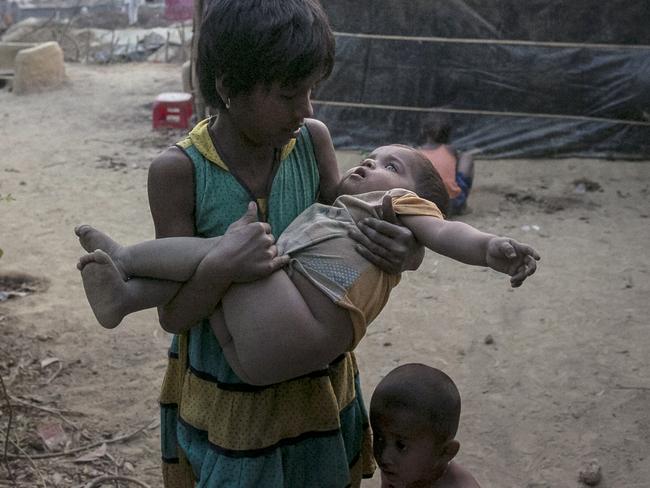
Human Rights Watch Australia director Elaine Pearson said what was taking place in the country was “horrific, senseless, and unjustifiable”.
“Security forces have raped and sexually assaulted Rohingya women and girls in systematic and co-ordinated attacks, due in part to their religion and ethnicity,” Ms Pearson said.
“There is no national security imperative or rationale that could justify the horrendous abuses that Human Rights Watch has documented.”
But who are the Rohingya and why is the world doing nothing to help?

WHO ARE THE ROHINGYA
The Rohingya, who number around one million, are concentrated mainly in coastal Rakhine state and are treated as virtual foreigners in Myanmar, which is 90 per cent Buddhist.
Despite the fact many were born there and have lived there for generations, they are not considered citizens. There are also smaller communities in Bangladesh, Thailand and Malaysia.
“The Rohingya are even more marginalised than other Muslims due to their ethnicity, since they are not recognised as citizens of Myanmar under the citizenship law, and they are considered ‘Bengalis’ or ‘illegal immigrants’ despite having lived in Myanmar for generations,” Ms Pearson said.
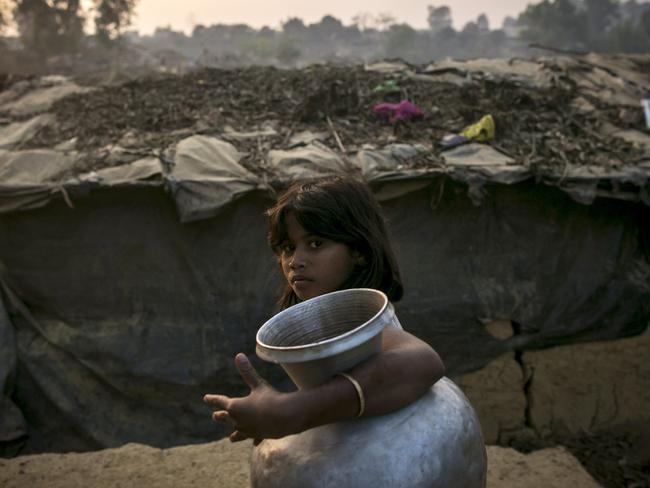
WHY ARE THEY BEING PERSECUTED
The Rohingya have always faced persecution and discrimination.
However that intensified in October last year following attacks by Rohingya militants which resulted in the Burmese military launching a series of so called “clearance operations” in northern Rakhine State.
According to HRW, security forces have executed men, women, and children; raped women and girls, looted property; and burned down at least 1500 homes and other buildings.
“Since October, more than 69,000 Rohingya fled to Bangladesh, while another 23,000 have become internally displaced in Maungdaw district,” Ms Pearson said.
But according to the Bangladesh government some 400,000 Rohingya are living there with most being unregistered.
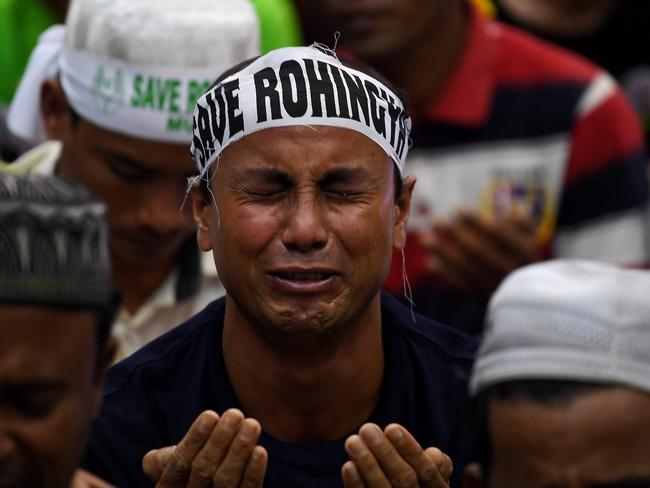
BRUTAL RAPES
The shocking UN report was this week backed by Human Rights Watch which detailed how security forces raped Rohingya women and girls in systematic attacks.
It claims girls as young as 13 were gang raped by Burmese army and Border Guard Police with many suffering devastating injuries.
Based on eyewitness accounts, it said this proved attacks were carried out purely on the basis of ethnicity and religion.
One woman told HRW how she was gang raped, suffering awful injuries.
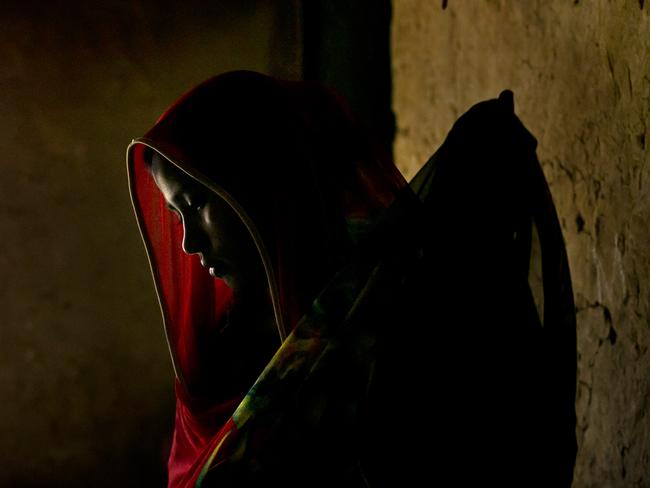
“They slaughtered [my husband] in front of me with a machete,” she said, “Then three more men raped me. After some time, I had severe bleeding. I had severe pain in my lower abdomen and pain in my whole body.”
Another told HRW that soldiers attempted to rape her saying: “You are just raising your kids to kill us, so we will kill your kids.”
THE KILLING SPREE
Reports of killings and mass rape by security forces that have raised global alarm and sparked protests across Southeast Asia.
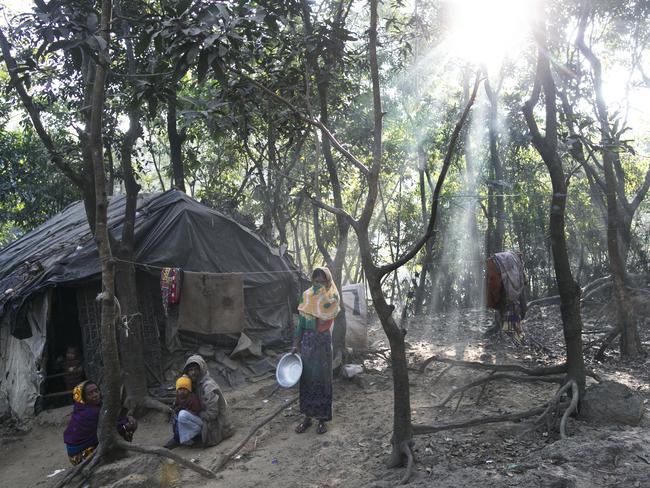
Thousands of Rohingya have fled to Bangladesh hoping to escape the violence.
Dhaka last week asked diplomats and UN agencies to support a controversial plan to relocate Rohingya refugees to an uninhabited, undeveloped coastal island renowned for flooding and being attacked by pirates.
HRW said relocating the refugees from the Cox’s Bazar area to Thengar Char island was in violation of Bangladesh’s obligations under international human rights law.
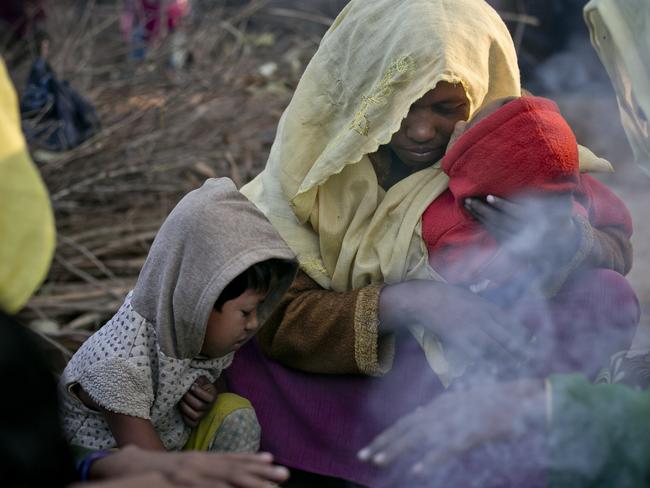
While exact figures of those killed are hard to verify, HRW said the official government figure of less than 100 killed seemed “implausibly low”.
Just yesterday Reuters, citing UN officials, claimed more than 1000 have been killed, putting the figure much higher than previously thought.
WHERE IS AUNG SAN SUU KYI?
As the violence grows many people are asking what Leader of the National League for Democracy Aung San Suu Kyi is doing about it.
The Nobel Peace Laureate, whose role is similar to that of Prime Minister, has remained largely silent on the atrocities taking place.
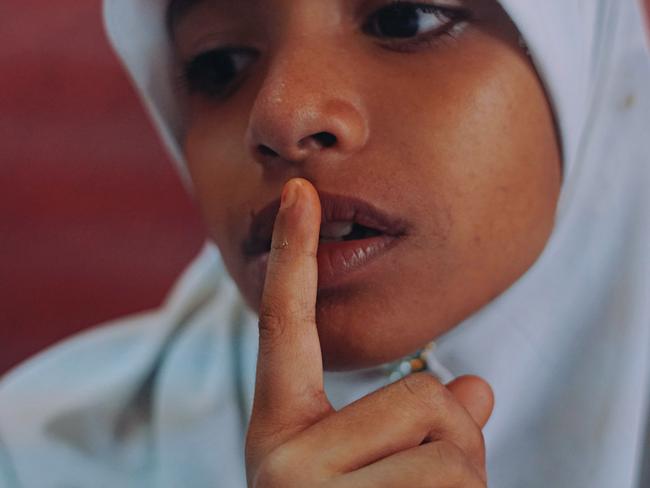
Ms Pearson said the reason was political.
“Unfortunately Suu Kyi is following her political not humanitarian instincts and since the Rohingya are deeply unpopular in Myanmar, she’s been unwilling to call out abuses and violence and discrimination they face,” she said.
“She has not gone to Rakhine state to talk with communities which could help to try and defray tensions.”
TIME FOR ACTION
Last week’s UN human rights report shocked human rights groups.
Ms Pearson said the world could no longer ignore what was taking place and needed to act.
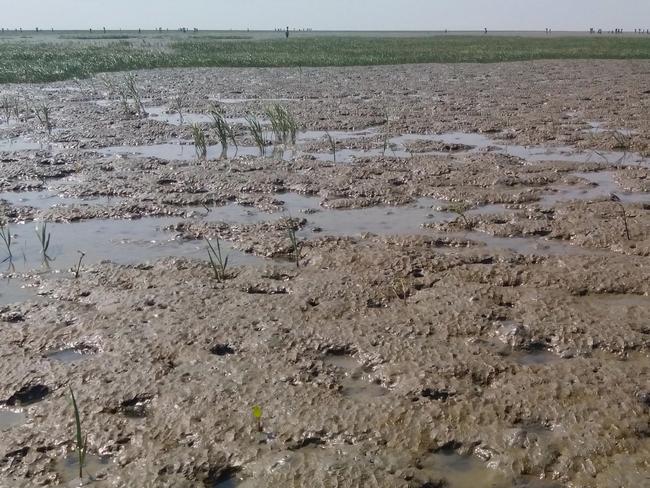
She said the violence is already affecting other countries in the region as Rohingya are forced to flee their homes due to the violence.
She also warned southeast Asia was already seeing the next wave of boat people and urged Australia to do more to stop it.
“Australia should be raising this publicly and privately with the Burmese government and urging a UN-led international investigation into these abuses,” she said.
— with AFP/AP



